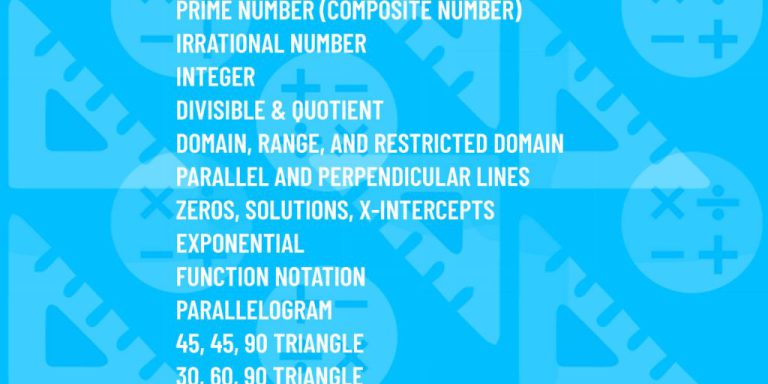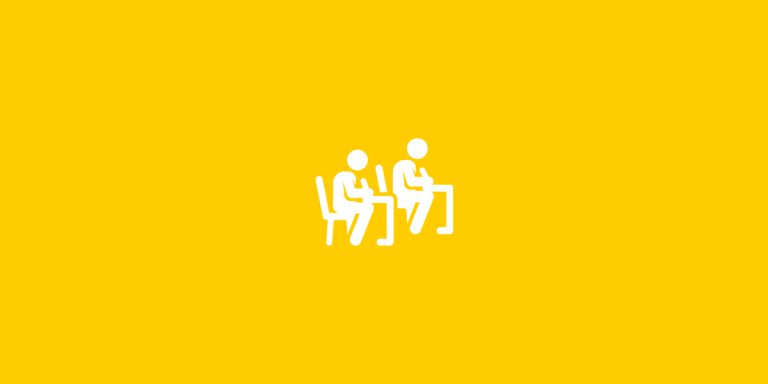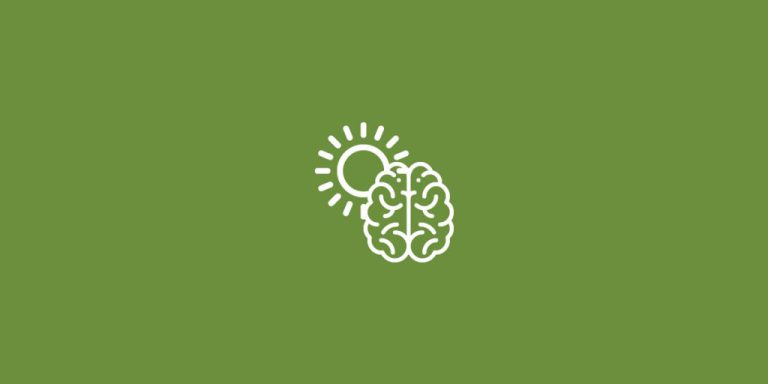The digital SAT (dSAT) has arrived, and you need to prepare. Are the differences between the new format and the previous paper-and-pencil version a big deal?
Kinda. And…kinda not.
I’m going to put the SAT changes into two separate buckets: changes that will require a new way of studying for the exam, and changes that, while seemingly important, won’t materially impact your prep.
Changes to the SAT that should impact your study regime
1. Desmos Will Change Your Life
In the old format, you had access to a quirky hand-held calculator selected from a menu of allowable products, in most cases a TI-Nspire or some cousin of it. You needed to buy or borrow it, and, crucially, confirm it was sufficiently charged–my son’s died on him before he started the exam! In the before-times, part of the SAT math allowed the use of that calculator, and part didn’t.
In the new format, you have on-screen access to the intuitive on-your-monitor graphic calculator, Desmos. For those who haven’t used Desmos yet, learning Desmos will represent most of the difference between how you study for the old and new SAT. It’s that powerful. You’ll want to insert Desmos into all school math homework between now and test day, as learning it for the exam alone would rob you of many of the use cases you may see on test day. This is a pretty good tutorial to get you started.
For those with enough time to finish the exam on test day, which is most of you, check your work with Desmos as you go. You’re less likely to mess up something stupid, like a +/- sign, if you take a beat to confirm your answer (and yes, you’ll still be allowed to bring and use your graphing calculator if you need it.)
2. Poetry, Figurative Language, More Fiction, Oh My!
The old SAT featured a lot more expository (explain-y and fact-y) text–primarily scientific journal articles–and just one fiction passage, with one or at most two instances of primary source material in which the syntax, sentence structure, or word usage might present challenges. (Abraham Lincon wrote some long sentences!)
The new SAT has done away with long passages, so you won’t have the same danger of zoning out to deal with…but the passage material has changed. We’re seeing a lot more fiction, including passages from 19th century and even earlier works that will challenge you with figurative (metaphor-y) language. You may well even see poetry and be asked to draw conclusions, make inferences, or identify the main ideas.
The best way to prepare for the new Reading? Simple: read. Reading fiction is the best step you can take, and you should start now. It doesn’t have to be much, and it doesn’t have to be Shakespeare, but it has to be part of your daily routine. Grab a book and read a few pages before bed: you’ll see noticeable improvement in your comprehension in six weeks and substantial improvement in six months. This isn’t medicine: you don’t have to force yourself to stay awake to slog through it. If you don’t have the bandwidth for a whole novel, try short stories.
3. Review, Review, Review
How you perform in the first half of a section (Module 1) impacts the Module 2 that you see: do badly in the first module, and you might see an easier version of Module 2, which means your score may be capped at a certain level, even if you get every question correct in your second module.
What does this mean for you? Well, previously, it was possible to get by in the math section based on stuff you’d learned recently, and if you didn’t remember some of the basic things you learned several years ago, they didn’t impact you. Now, though, if you don’t get those basic questions right, you may never even see the harder material! So, study the old stuff (like median vs mean): accuracy on concepts from years past will be key to your success in Module One.
Changes to the SAT that should NOT impact your study regime
1. Size Doesn’t Matter
Sure, the Reading passages you’ll see are shorter. But the complexity level is the same, and in some cases even higher. This shouldn’t change your preparation appreciably.
2. Digital Adaptive Testing Isn’t That Different
As mentioned above, this test is adaptive, meaning that how you do on the first module of each section (Math and Reading/Writing) determines whether you get an easier or harder second module. The scoring is also different. Some questions will be worth more than others (and each module will contain two unscored questions.) We don’t know for certain which questions are the ones worth more points, but we have some ideas. One thing to look out for are ones where it’s harder to guess well–questions you have to actually know how to do–are ones that might be worth more. Regardless, though, the truth remains that getting more questions right is better, and you learn to do that by prepping well. So, while these changes make the test shorter, they aren’t going to impact your prep approach too much.
3. New Question Types, Same Old Skills
We’ve got slightly more vocabulary in this version of the SAT, and a host of new Reading question types. You might see more idioms, and you’ll see some new question types, including ones where you have to synthesize information from a bullet-pointed list. These are all good to know about and there’s definitely some strategy to tackling the different types….but ultimately, what they test is your ability to read and process information, just as the test always has.













